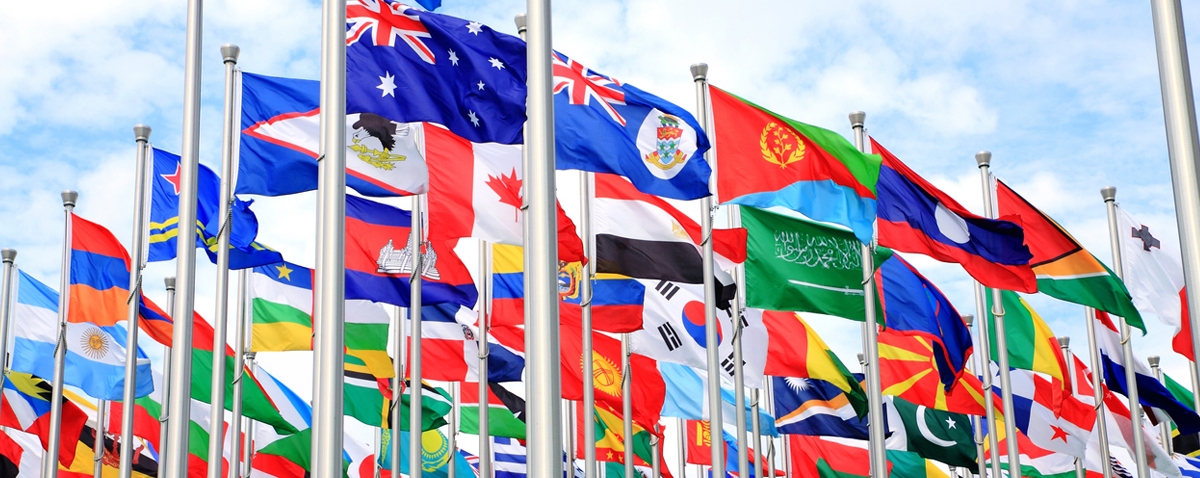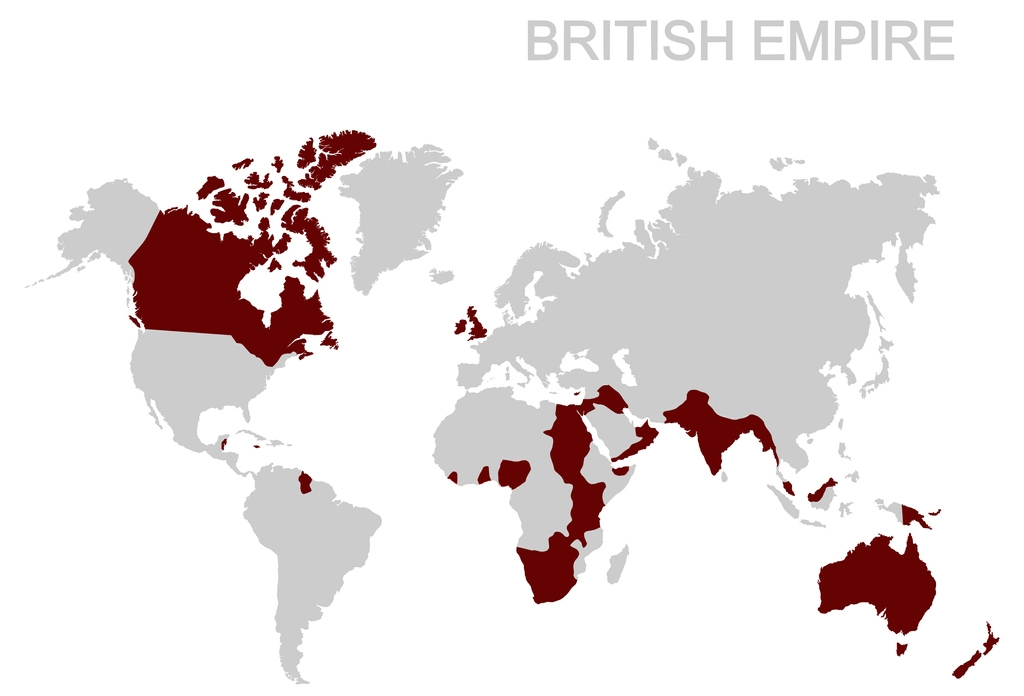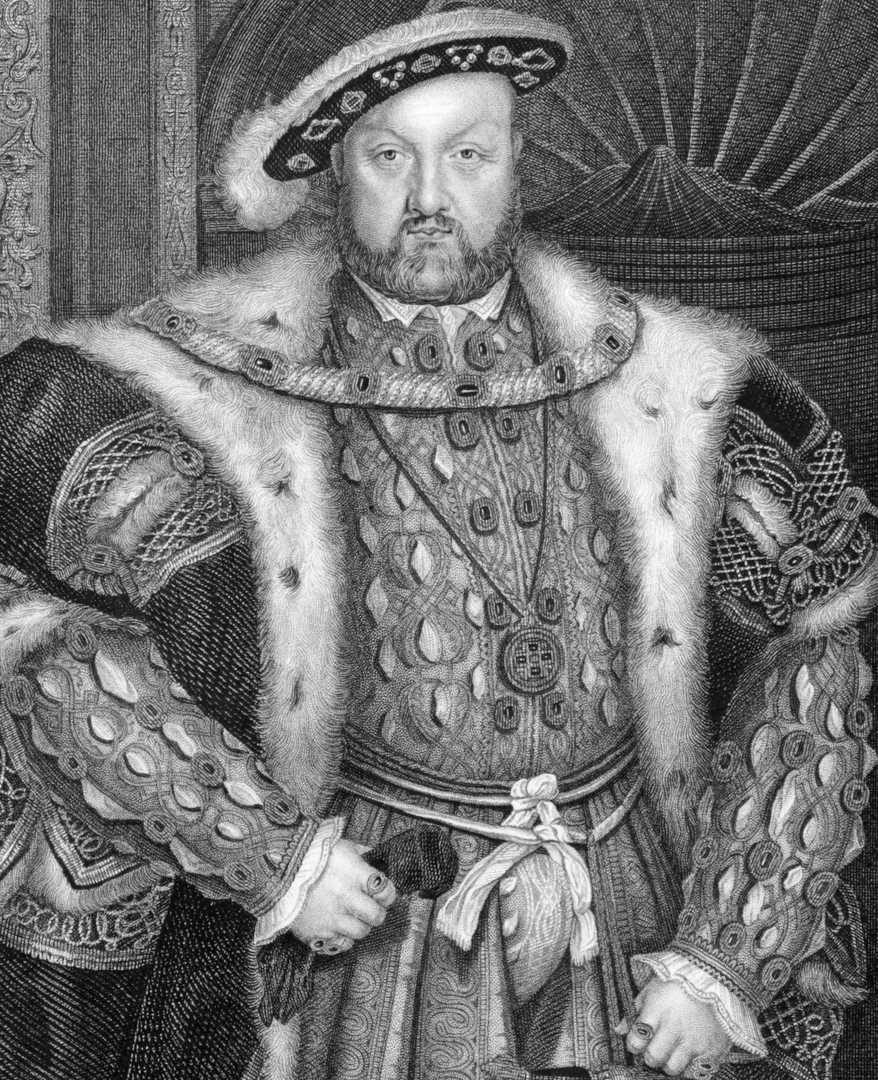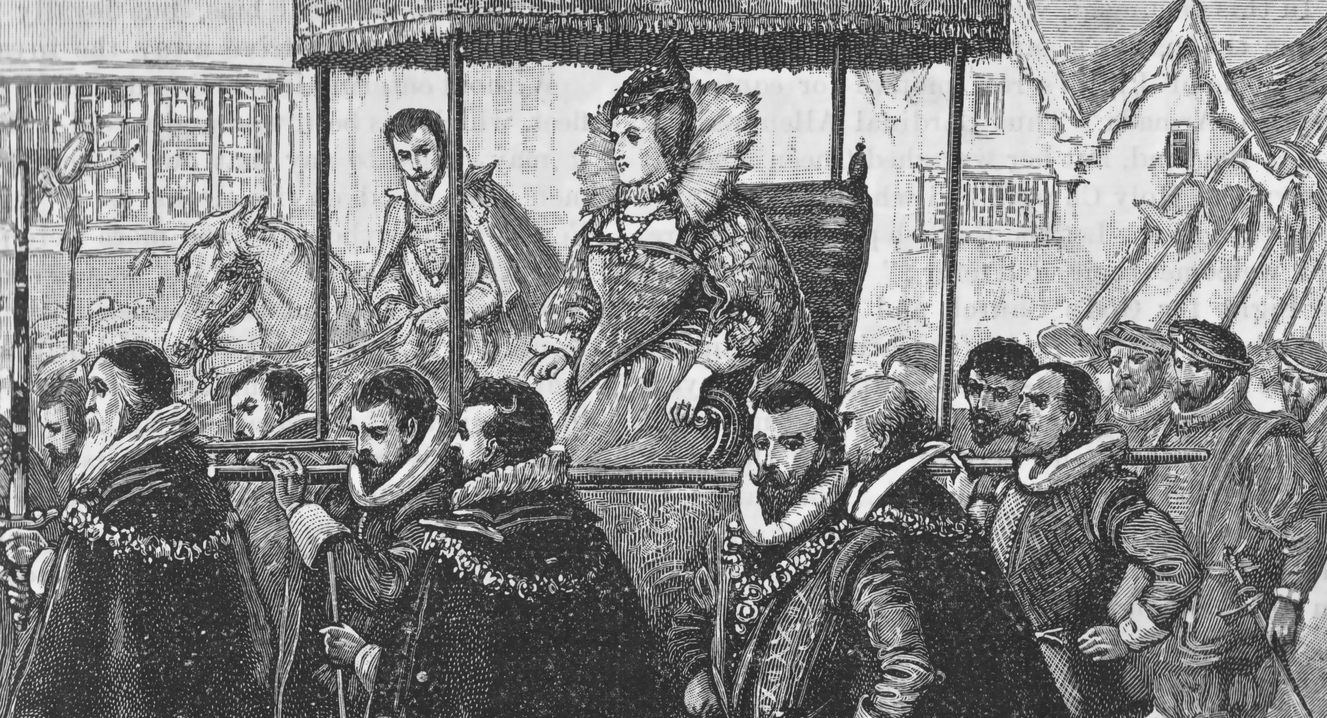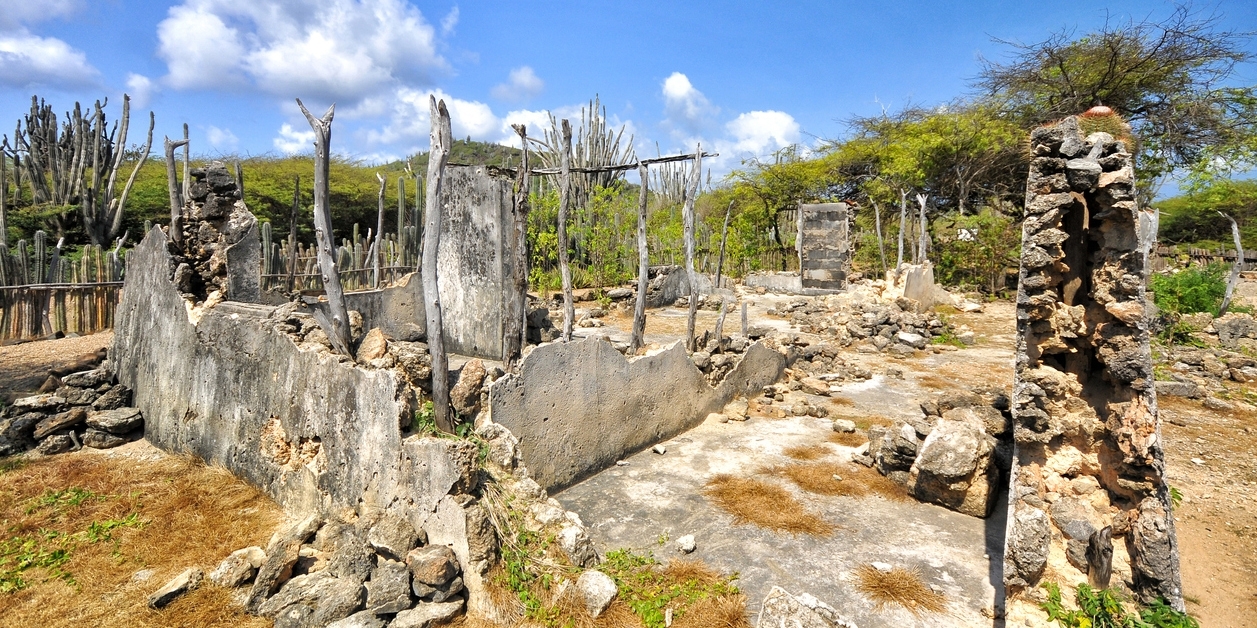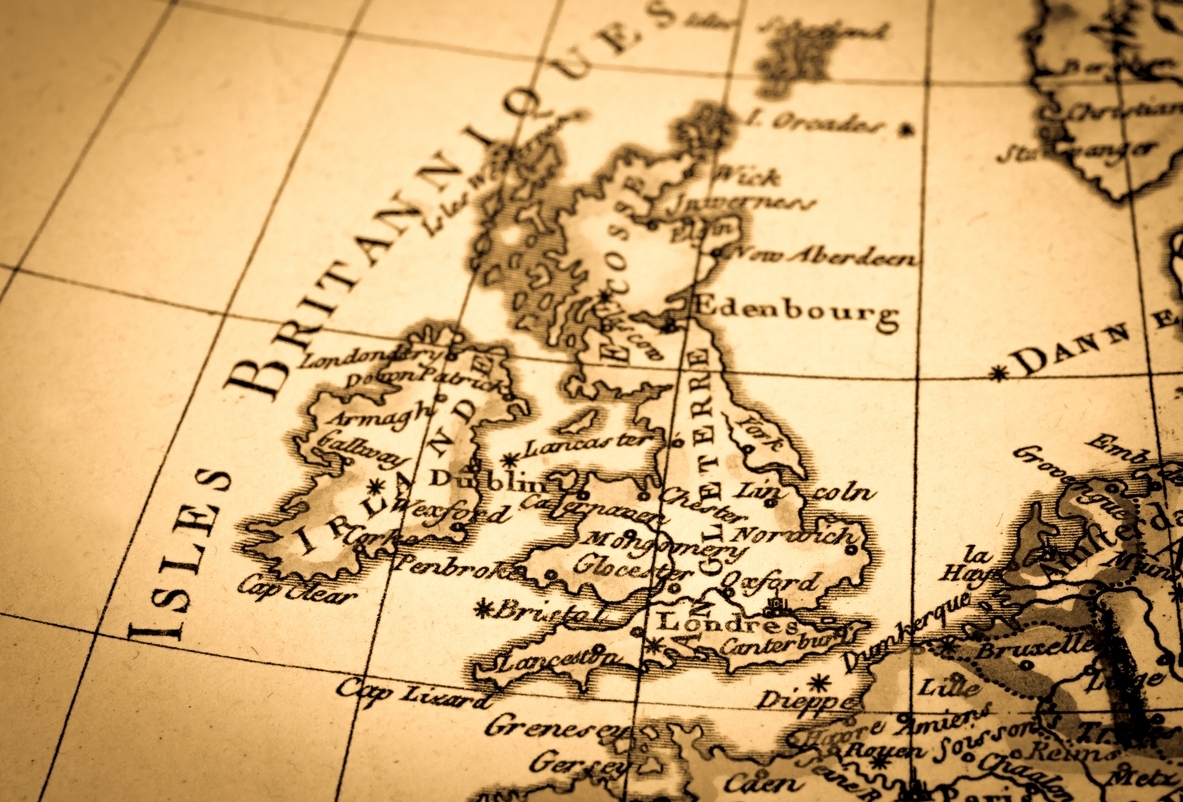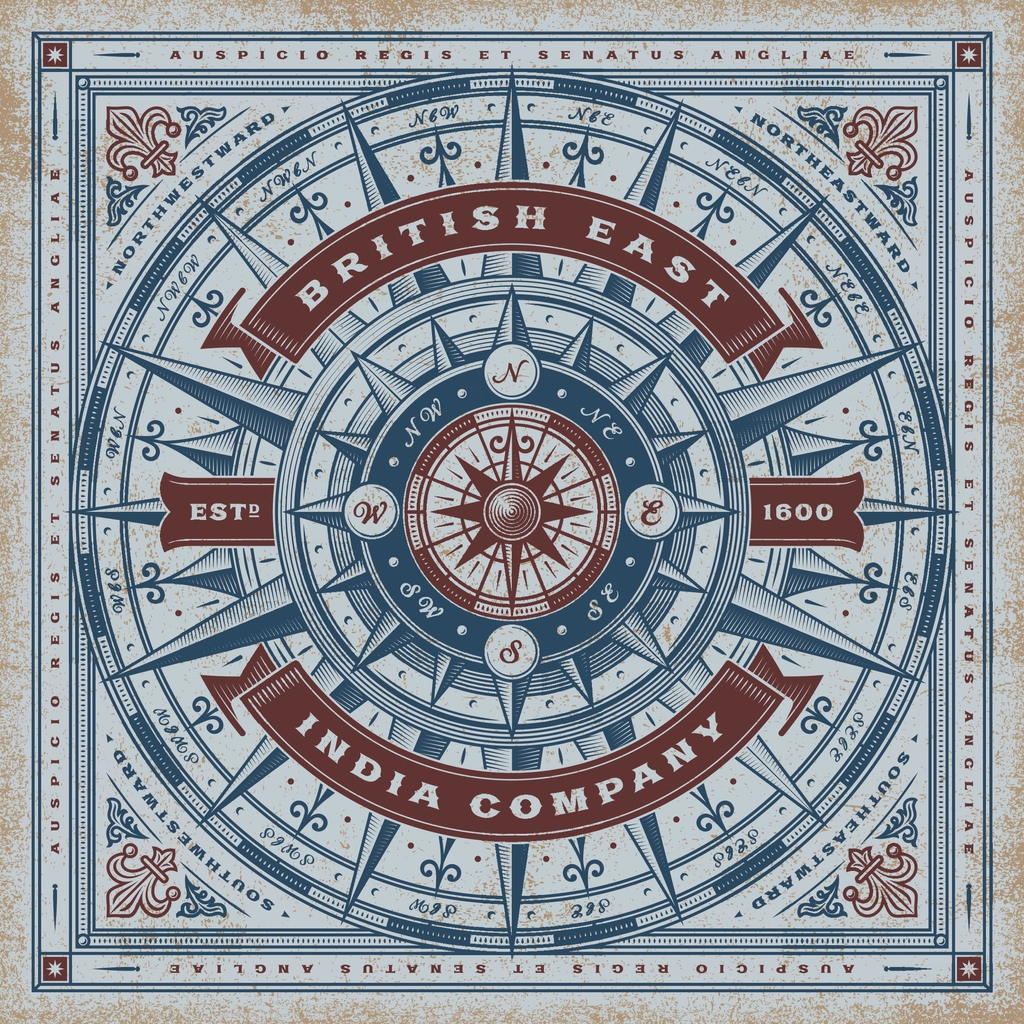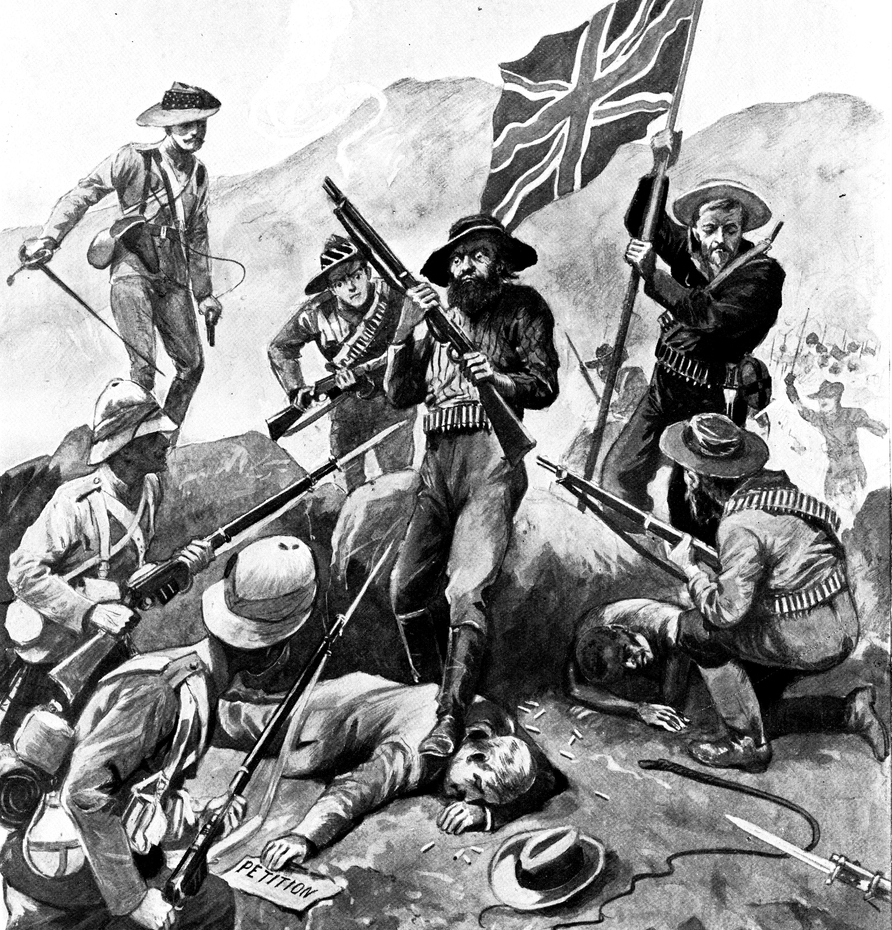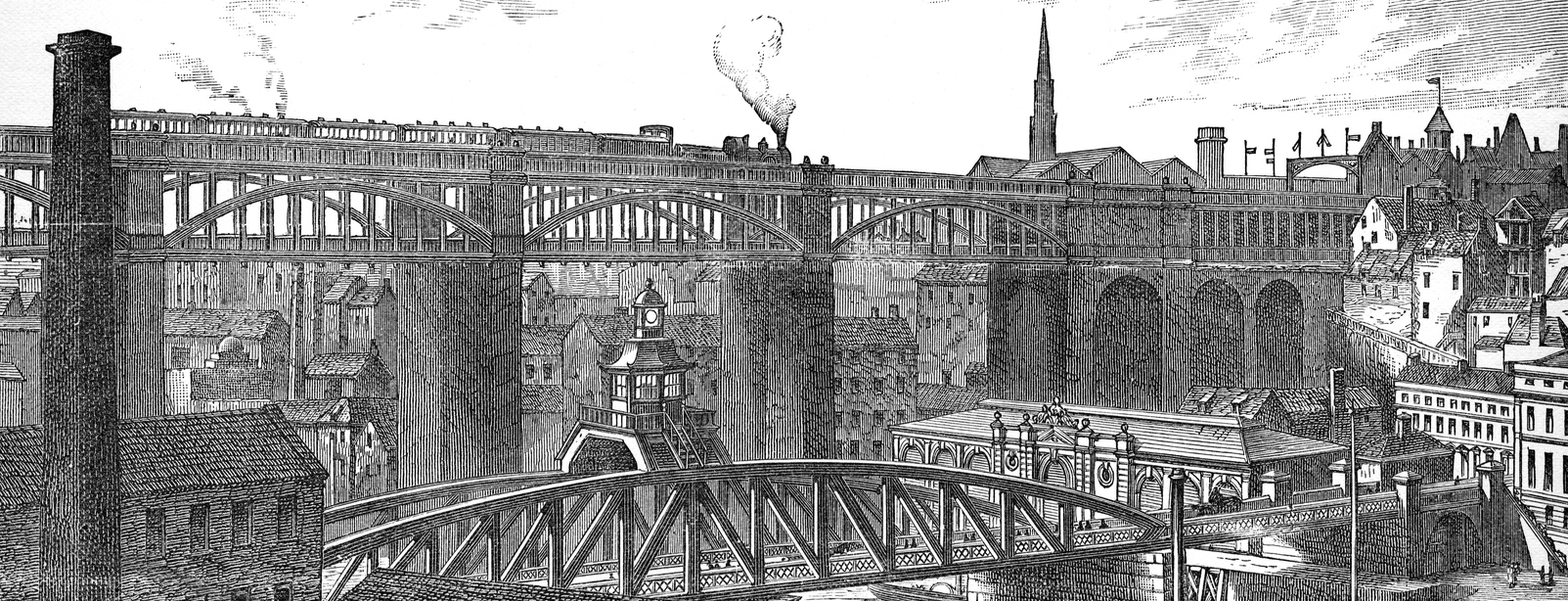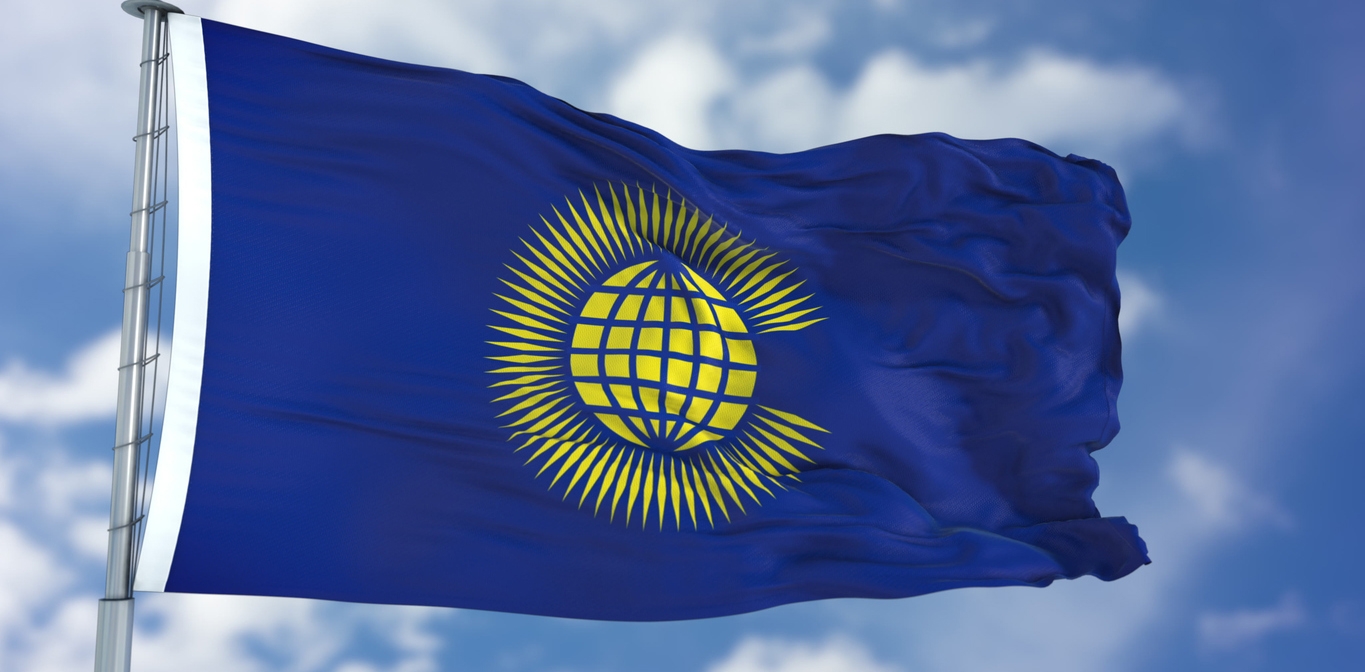Background
The British Empire was a worldwide system of dependencies that was carried under the power of the crown of Great Britain and the supervision of the British government over nearly three centuries. [1] It is remembered for its extensive, long-lasting, and far-reaching imperial activities that ushered in an era of globalization and connectivity. The British Empire started in its formative years in the 16th century and flourished and grew dramatically, lasting until the 20th century. [2]
It is the most extensive empire in world history and, for a time, was the foremost global power. The British Empire was a product of the European age of discovery, which started with the worldwide maritime explorations of Portugal and Spain in the late 15th century. By 1921, it had a population of around 470 to 570 million people, which was approximately one-quarter of the population of the world back then. [3] If you are looking into learning more about the events that occurred in the British Empire, we are here to help you. In this post, we are giving you a timeline of the rise and fall of the British Empire.
Timeline of the British Empire
Take a look at the infographic below to see the important events that occurred during the rule of the British Empire:
The Origins of the British Empire
The first tentative efforts of Great Britain to establish overseas settlements were first made in the 16th century. [1] Why do you think Britain built an empire? Well, there were several reasons, such as to gain money, to gain more power, and to spread Christianity and British ways of life. In the 1500s, Spain built its empire, and it controlled 80% of silver in the world as it conquered several colonies in Latin America, such as Mexico and Peru. England wanted the power and wealth that the Spanish had. However, it would need a lot of ferocity and power.
The native people in the new colonies were presented to the British public as uncivilized due to the fact that their way of life was different from that of the people in Europe. With this, people started believing that the British should continue to grow their empire to bring civilization to these places, even by force. In addition to that, there were also missionaries who believed that it was their task to voyage to new countries and convert people to Christianity. [4]
The Rise of the Royal Navy
The modern English Navy was founded by King Henry VIII, more than tripling the number of warships and building the first large vessels with heavy, long-range guns. He initiated the formal, centralized administrative apparatus of the Navy, constructed new ports, and built the system of beacons and lighthouses that made coastal navigation easier for English and foreign merchant sailors. He also established the munitions-based Royal Navy that was able to hold off the Spanish Armada in 1588. [3]
The Elizabethan Era
Sir Francis Drake circumnavigated the globe during the reign of Queen Elizabeth I, which was in the years 1577 to 1580. He fled from the Spanish and was the second to accomplish this feat after the expedition of Ferdinand Magellan. In 1579, Drake arrived somewhere in northern California and claimed what he named Nova Albion for the English Crown. However, the claim was not followed by settlement.
The interest of England outside Europe grew steadily, promoted by John Dee, who coined the phrase “British Empire.” He was an expert in navigation and was visited by many of the early English explorers before and after their expeditions. Dee was a Welshman, and his use of the term British fitted with the Welsh origins of Elizabeth’s Tudor family. However, his concept of the empire came from the book Monarchia by Dante Alighieri.
The Elizabethan period built on the imperial foundations of the past century by growing Henry VIII’s navy, encouraging Atlantic exploration by English sailors, and encouraging maritime trade further, particularly with the Netherlands and the Hanseatic League, a Baltic trading association.
The nearly 20-year Anglo-Spanish War, which began well for England with the sack of Cadiz and the resistance of the Spanish Armada, soon turned the way of Spain with a number of serious defeats. These sent the Royal Navy into decline and allowed Spain to retain effective control of the Atlantic sea lanes. It thwarted the hopes of the English to establish colonies in North America. However, it gave English sailors and shipbuilders vital experience. The rivalry between the British, the Spanish, and the Dutch reflected both territorial and commercial competition, as well as the Protestant-Catholic divide. [3]
In 1600, Elizabeth I granted a Royal Charter to the East India Company with the intent to favor trade privileges in India. It gave the newly created company a monopoly on all trade with the East Indies. Back then, there was no political thing called India. The Indian subcontinent was a makeshift of many kingdoms, and dissimilar to Europe, there was no perception of the state as a political institution anywhere in this expanse of land. It was with the absorption of British and western ideas that the concept of India as a single nation ascended much later in time. Therefore, until the establishment of a single administrative and gubernatorial entity by the British, the word India should be taken to represent nothing more than a catchall term for the peninsula south of the Himalayas. [3]
Colonization
King James I of England, the successor of Elizabeth, negotiated the Treaty of London in 1604. This ended hostilities with Spain. In 1607, the first permanent English settlement followed at Jamestown, Virginia. The empire thus took shape during the early 17th century, with the English settlement of the 13 colonies of North America, which would later become the original United States, along with Canada’s Atlantic provinces and the settlement of the small islands of the Caribbean such as Barbados and Jamaica.
The sugar-producing colonies of the Caribbean were where slavery became the basis of the economy. It was, at first, England’s most important and lucrative colony. The American colonies gave cotton, tobacco, and rice in the South and military hardware and furs in the North. They were less financially successful but had large areas of good agricultural land that attracted far larger numbers of English emigrants.
The American empire of England was expanded slowly by war and colonization. England gained control of New Amsterdam (later New York) through negotiations following the Second Anglo-Dutch War. In search of new agricultural lands, the growing American colonies pressed ever westward.
During the Seven Years’ War, the British overpowered the French at the Plains of Abraham and seized all of New France in 1760. This gave Britain control over the greater part of North America. Later on, the settlement of Australia, which started with penal colonies in 1788, and New Zealand, under the crown from 1840, made a main zone of British migration. When Matthew Flinders verified New Holland and New South Wales to be a single land mass after his circumnavigation in 1803, the whole Australian continent was claimed for Britain. Later, the colonies became self-governing colonies and became profitable exporters of gold and wool. [3]
Free Trade and Informal Empire
In the 18th century, the old British colonial system started to decline. During the long period of unbroken Whig supremacy of political life, the empire became less significant and less well-regarded. It was until an ill-fated attempt provoked the American Revolutionary War, which deprived the empire of its most populous colonies. This period is sometimes called the end of the first British Empire.
This showed the shift of British expansion from the Americas in the 17th and 18th centuries to the 2nd British Empire in Asia and later also Africa from the 18th century. The loss of the 13 colonies in America presented that colonies were not essentially beneficial in economic terms, as Britain could still yield from trade with ex-colonies without the need to pay for their protection and government.
During this period, in 1807, Britain also banned the slave trade and soon started imposing this belief on other nations. Britain had largely eliminated the world slave trade by the mid-19th century. In 1834, slavery itself was obliterated in the British colonies. However, until 1920, the phenomenon of indented labor retained much of its oppressive character.
The close of the old colonial and slave systems was convoyed by the adoption of free trade, which ended in the revoke of the Corn Laws and Navigation Acts in the 1840s. The British market was opened to unconstrained competition by free trade, motivating mutual action by other countries in the mid-19th century.
Despite losing 13 North American colonies earlier, Britain was left the most successful international power after the final defeat of Napoleonic France in Europe in 1815. The Industrial Revolution at home provided Britain with an unbeatable economic leadership, and the Royal Navy dominated the seas. The interruption of rival powers by European matters empowered Britain to pursue a phase of expansion of its economic and political influence through an “informal empire” reinforced by free trade and strategic superiority. Britain became the world’s sole industrialized power, with more than 30% of the global industrial output in 1870. [3]
Expansion of the British East India Company
The British East India Company was possibly the most successful chapter in the history of the British Empire because it was responsible for the annexation of the Indian subcontinent, which would become the major source of profits for the empire, along with the conquest of Ceylon, Hong Kong, Malaya, Singapore, and other surrounding Asian countries. It was also responsible for establishing the Asian Empire of Britain, which was the most essential part of the British Empire.
The British East India Company is seen by some as the first multinational corporation in the world. The company had interests in the directions to India from Great Britain. It attempted to lay claim to the Table Mountain region in South Africa as early as 1620. Later on, it occupied and ruled the island of Saint Helena. It also established Singapore and Hong Kong and refined the production of tea in India. Its products were the foundation of the Boston Tea Party in Colonial America.
Sir Thomas Roe was ordered by James I in 1615 to visit the Mughal emperor Jahangir, who ruled over most of the Indian subcontinent at the time. The goal of this mission was to organize a commercial treaty, which would give the British East India Company special rights to reside and build factories in Surat and other areas. In return, the company offered to give the emperor goods and rarities from the European market. This mission was successful, and the company found itself completely leading the French, Portuguese, and Dutch trading companies in the Indian subcontinent.
The Mughal emperor Shah Jahan, in 1634, extended his generosity to the English traders in the region of Bengal, which had the largest textile industry in the world at the time. In 1717, the customs duties for the trade were completely waived, which provided the company a decided commercial advantage in the Indian trade. With the large revenues of the company, it was able to raise its own armed forces from the 1680s.
The decline of the Mughal Empire allowed the British East India Company to expand its territories. This started in 1757 when the company came into conflict with the Nawab of Bengal, Siraj Ud Daulah. Under the leadership of Robert Clive, the troops of the company and their local allies defeated the Nawab at the Battle of Plassey, which occurred on June 23, 1757. This victory led to the conquest of Bengal. It established the company as a military and commercial power, and it marked the start of British rule in India.
The company was also accountable for the illegal opium trade with China against the Qing Emperor’s will. It later on led to the two Opium Wars between 1834 and 1860. When the British East India Company won in the first Opium War, it established Hong Kong. The company also had several wars with the surrounding Asian countries. The most difficult were the three Anglo-Afghan Wars from 1839 to 1919 against Afghanistan, which was mostly unsuccessful. [3]
The End of the British East India Company
Exactly a century after the company’s victory at Plassey, its rule effectively came to an end. In 1857, the anti-British rebellion broke out, which saw many of the Indian sepoys of the company start an armed uprising against their British commanders after a period of political unrest triggered by several political events.
One of these is the introduction of the Pattern 1853 Enfield rifle. Paper cartridges that contained gunpowder were greased with animal fat and had to be chomped open before the powder was dispensed into the muzzle. For the Hindu soldiers, eating cow fat was forbidden, while pig fat was forbidden for the Muslim soldiers. With this, many sepoys refused to follow their orders and use the weapons. One more issue was the execution of the Indian sepoy Mangal Pandey. He was hanged for attacking and injuring his British superiors due to insult for the introduction of the Pattern 1853 rifle and other reasons.
These led to a rebellion that brought about the end of the British East India Company’s regime in India. It caused 90 years of direct regulation of the Indian subcontinent by Britain. The era of direct British rule in India is referred to as the British Raj. [3]
The Scramble for Africa
The two most significant European holdings in Africa were French-controlled Alegria and the Cape Colony of Britain in 1875. Only Ethiopia and the republic of Liberia were outside formal European control by 1914. The move from an informal empire of regulation through economic governance to direct control took the form of a scramble for land by the countries of Europe. Britain chose not to join in the early scramble, being more of a trading empire than a colonial one. However, it later became clear that it had to gain its own African empire to keep the balance of power.
As Belgian, Portuguese, and French activity in the lower Congo River region threatened to weaken the logical infiltration of tropical Africa, the Berlin Conference of 1884-1885 pursued to control the rivalry between the supremacies by defining effective occupation as the standard for international recognition of territorial claims. This was a design that demanded a routine alternative to armed force against native states and peoples.
Britain completed its takeover of what we know today as South Africa. It started with the takeover of the Cape in 1795 and continued in the late 19th century with the downfall of the Boer Republics, succeeding the Second Boer War. Unexpectedly, Britain emerged in 1914 with not only the largest overseas empire but also the greatest gains in the scramble for Africa. From 1885 to 1914, Britain took about 30% of the population of Africa under control. [3]
Technological Developments During the Empire
There were vast developments in technology in Britain from the 1750s onwards. These include new machinery and railway technology, which meant that goods could be produced and transported faster. These technological developments reduced the amount of physical labor needed to produce goods. They also helped in making more money for those in charge. These were introduced in British India, which reduced the time it took to transport large amounts of goods from inland India to the ports, and then to transport goods like cotton and tea to Britain.
After these developments were introduced to India, Britain also presented them in other colonies. Even after the colonies became independent, these technological advancements were left in them. [4]
The End of the British Empire
According to many historians, the end of the British empire began when the countries with largely white populations of European descent were given dominion status. It was when a country was still part of the British Empire but was allowed to rule itself. The first was in 1867, which was Canada, followed by Australia in 1901, and South Africa in 1910.
When it comes to size, the British Empire was at its largest in the years following the First World War, when it gained some of the former colonies of Germany. This was because Germany had lost World War I, and its previous colonies were given to other European nations through the Treaty of Versailles.
The Commonwealth was set up in 1926 between Britain and all of its dominion states. It was an agreement that all of the dominion states in the Commonwealth were considered equal. Britain’s situation changed completely in the mid-1900s. In 1945, by the end of World War 2, it became clear that Britain could no longer afford to maintain its empire. In addition to that, British attitudes were changing. More people started to believe that having an empire was erroneous and that Britain had no right to rule over other states by power. Also, independence movements were increasing in various colonies, which included the Quit India campaign led by Mohandas Gandhi. Finally, countries such as the United States and the Soviet Union, who had been allies of Britain during World War II, supported decolonization. [4]
In 1947, after years of campaigning, British India was divided into two independent nations, Pakistan and India. This was followed by years of protesting and fighting. This event inspired other countries across Asia, the Caribbean, and Africa to push for their freedom.
In 1957, Ghana was one of the first African countries to become independent from Britain after World War II. In 1981, Belize was one of the last countries to gain full independence from Britain in Central America. [4]
In 1997, the last significant British colony, Hong Kong, was returned to Chinese sovereignty. During this time, almost nothing remained of the British Empire. But the Commonwealth remains a remarkably flexible and durable institution. [5]
Conclusion
The British Empire left legacies that are still being used today. These include schools, colleges, universities, Protestantism, railways, and the Commonwealth of Nations. With this, we can say that the British Empire was a crucial component in shaping lives, economy, technology, peoples, politics, and culture for hundreds of years. For better or worse, the impact of the British Empire has truly earned its place in the history of the world. We hope this post helped you learn more about the rise and fall of the British Empire.
References
[1] The Editors of Encyclopaedia Britannica. (2022, March 13). British Empire. Encyclopædia Britannica. Retrieved August 2, 2022, from https://www.britannica.com/place/British-Empire
[2] Brain, J. (n.d.). Timeline of the British empire. Historic UK. Retrieved August 2, 2022, from https://www.historic-uk.com/HistoryUK/HistoryofBritain/Timeline-Of-The-British-Empire/
[3] New World Encyclopedia, E. (2022, February 11). British Empire. Visit the main page. Retrieved August 2, 2022, from https://www.newworldencyclopedia.org/entry/British_Empire
[4] BBC, E. (2022, April 5). The British Empire Overview – The British empire – KS3 history – homework help for Year 7, 8 and 9. – BBC bitesize. BBC News. Retrieved August 2, 2022, from https://www.bbc.co.uk/bitesize/topics/z7kvf82/articles/zpjv3j6
[5] Britannica Encyclopedia, E. (2020, October 12). Key people of the British Empire. Encyclopædia Britannica. Retrieved August 2, 2022, from https://www.britannica.com/summary/Key-People-of-the-British-Empire

